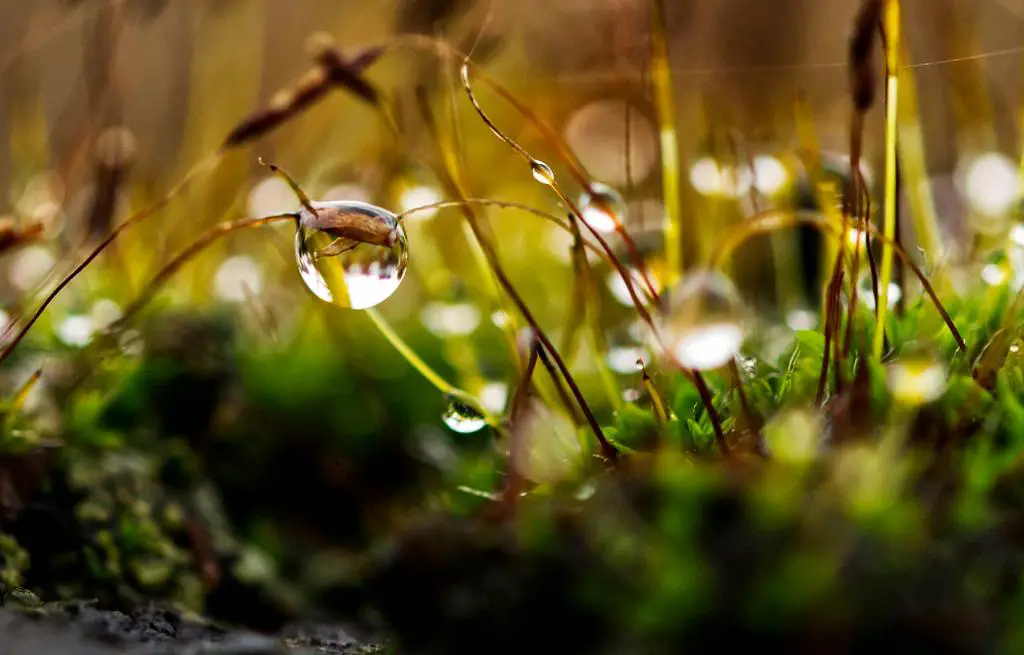When it comes to caring for your lawn, timing is everything. You want to ensure that you are nourishing your grass at the right time to promote healthy growth and overall lawn health. One common question that many homeowners have is: when is it too cold to fertilize the lawn?
As a general rule of thumb, it is typically considered too cold to fertilize the lawn when the soil temperature consistently falls below 40°F (4°C). This specific temperature range is crucial because when the soil gets too cold, grasses tend to enter a state of dormancy. During dormancy, the metabolic processes within the grass slow down significantly, making it difficult for the fertilizer to be absorbed effectively.
It is essential to pay close attention to the soil temperature in your area before deciding to fertilize your lawn during the colder months. Tools such as soil thermometers can be invaluable in helping you determine whether the soil is at an appropriate temperature for fertilization.
When the soil temperature crosses that critical threshold of 40°F (4°C), the grasses in your lawn are not actively growing or utilizing the nutrients in the soil due to the dormancy state. Applying fertilizer during this period can result in the nutrients not being effectively taken up by the grass, leading to potential waste and environmental runoff concerns.
Applying fertilizer when it’s too cold can also increase the risk of nutrient leaching. At lower temperatures, the soil tends to be less active, making it harder for the fertilizer to break down and be absorbed by the grass roots. This can result in the nutrients washing away with rain or melting snow, ultimately depriving your lawn of the essential nourishment it needs.
When fertilizing your lawn, you want to ensure that the grass is in an active growth phase to absorb the nutrients effectively. Fertilizing during the dormant winter period can be counterproductive and may not yield the desired results in terms of promoting lush green growth in the upcoming seasons.
It’s crucial to understand your specific grass type and its growth patterns when determining the right time to fertilize. Warm-season grasses typically go dormant in cooler temperatures, so fertilizing these grasses when it’s too cold may not provide any substantial benefits.
On the other hand, cool-season grasses may benefit from a late fall application of fertilizer before the soil temperatures drop significantly. However, it’s essential to ensure that you fertilize these grasses well before the soil freezes to allow for proper nutrient uptake and storage for the winter months.
Consider the condition of your lawn before deciding to fertilize during colder temperatures. If your grass is showing signs of stress or damage, it may be more beneficial to address the underlying issues causing these problems rather than applying fertilizer that may not be effectively utilized by the grass.
Proper lawn care involves understanding the specific needs of your grass and providing the necessary nutrients at the right time. By being mindful of the soil temperatures and growth patterns of your grass, you can ensure that your lawn stays healthy and vibrant throughout the changing seasons.
Ultimately, the key takeaway is to wait until the soil temperature consistently remains above 40°F (4°C) before considering fertilizing your lawn. This way, you can maximize the effectiveness of the fertilizer and promote optimal growth and health for your grass.

